
Case Study: Higher-Carb Fueling to Improve Performance
When this pro athlete stopped restricting nutrition and fueling in favor of a higher-carbohydrate diet, she was surprised by the result.

When this pro athlete stopped restricting nutrition and fueling in favor of a higher-carbohydrate diet, she was surprised by the result.

Over a century of training and racing, coaches and athletes have continually experimented with the balance of volume and intensity. Today’s best practices look to maximize both a high volume of training and a small but potent dose of high-intensity work.
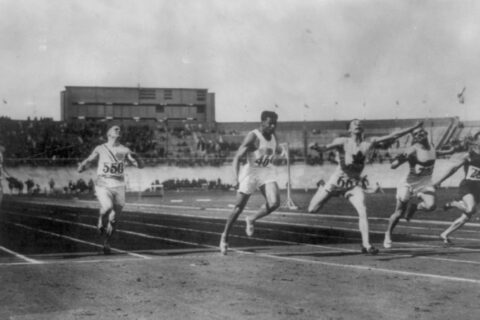
The timely combination of running facilities and stopwatches gave running a leg up on other endurance sports, inviting more structured training and innovation.
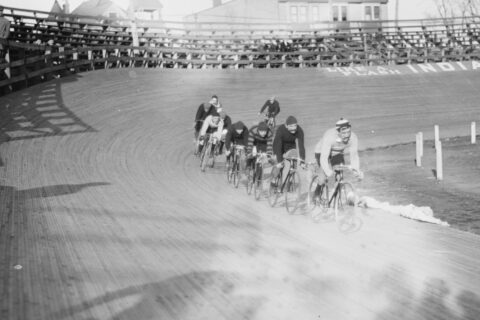
The early European cycling scene was convinced that more miles and more racing made champions. By the 1980s, a new generation of pros was redefining the goal and the roadmap to get there.
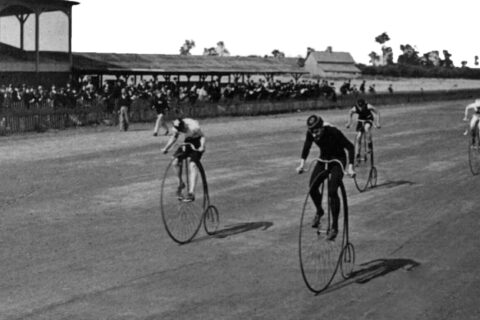
Coach Joe Friel recounts the relatively short history of endurance sports to identify the athletes and coaches that influenced how we train and race today.

Over his long tenure at CTS, Jim Rutberg has seen the coaching profession evolve amid an ever-growing industry. He identifies best practices for coaches, individually and collectively.

What to do when you find yourself caught up in other athletes seeming tougher, happier, and more badass than you on social media.

It’s natural and at times beneficial to compare yourself to others, but social media can exacerbate the negative aspects that come with too many comparison games.

This comprehensive guide includes tips and conversation starters to help coaches walk their athletes through this digital Wild West.
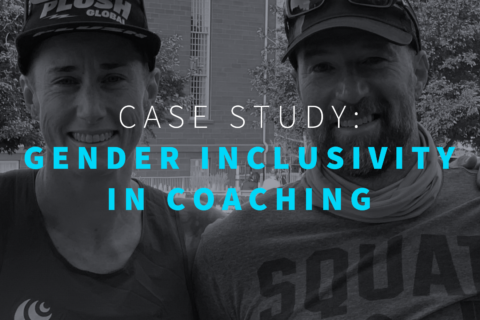
Pro athlete Rach McBride and their coach Mateo Mercur discuss the importance of gender inclusivity when it comes to coaching, and how their relationship has been a source of support and inspiration.

Rach McBride is the first openly gender nonbinary pro in triathlon. They share their experience navigating elite sports and look to a future where nonbinary athletes are included and celebrated everywhere.
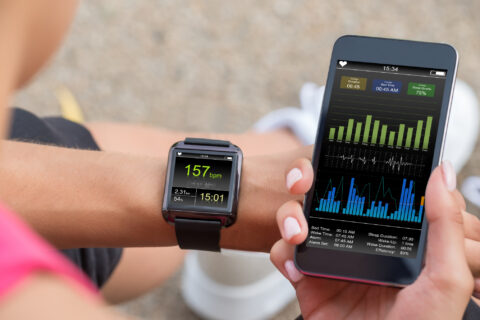
By tapping into the power of data analytics coaches can make important decisions more quickly and better prepare athletes for the specific demands of any given race.
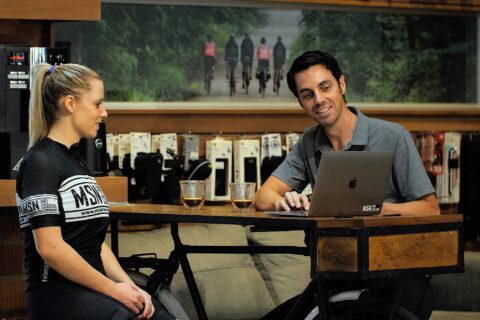
Mike Norton leaned into his love of crunching numbers and applying science to differentiate his coaching services and offer more value for athletes.

Athletes who want to train and compete in multiple sports require a different approach to training, and to have their expectations managed.
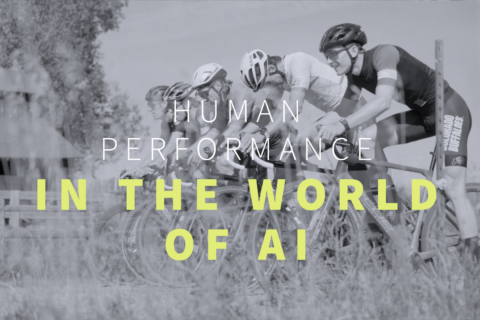
Coach Grant Holicky explains what technological advances and AI won’t be able to replace in coaches.

Expect the emergence of artificial intelligence and new tech to accelerate potential for the business and execution of coaching.

In addition to traditional aerobic training, SWAP uses short hill strides to help athletes develop speed. Get the science behind this innovative approach to raising the ceiling on VO2max.

Ensuring athletes are properly fueled will do better for their performance than trying to hit a number on a scale.